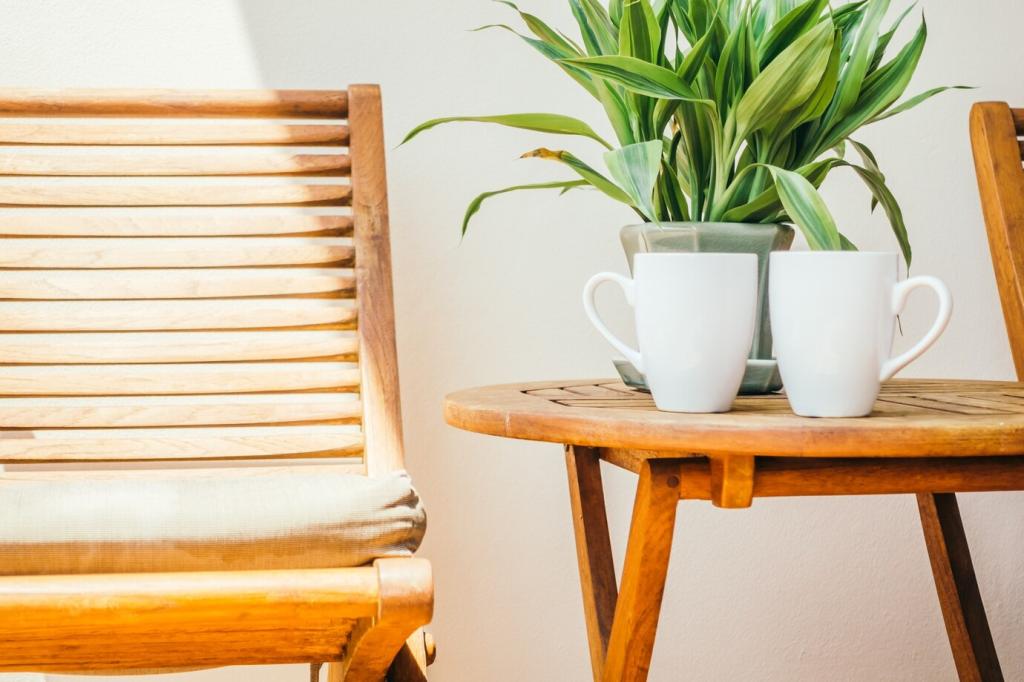Upcycling and repurposing have evolved from niche sustainability efforts into defining trends in modern interior design. By embracing the potential of pre-loved and discarded materials, designers and homeowners are curating spaces that blend creativity, environmental responsibility, and personal storytelling. This approach both reduces waste and injects unique character into living environments. Upcycling goes beyond basic recycling; it revives items with ingenious transformations, often elevating their function or aesthetics. Repurposing, meanwhile, brings new life by assigning fresh roles to old objects. The result is an inviting interplay of past and present, craftsmanship and innovation, yielding interiors that are as stylish as they are sustainable.

